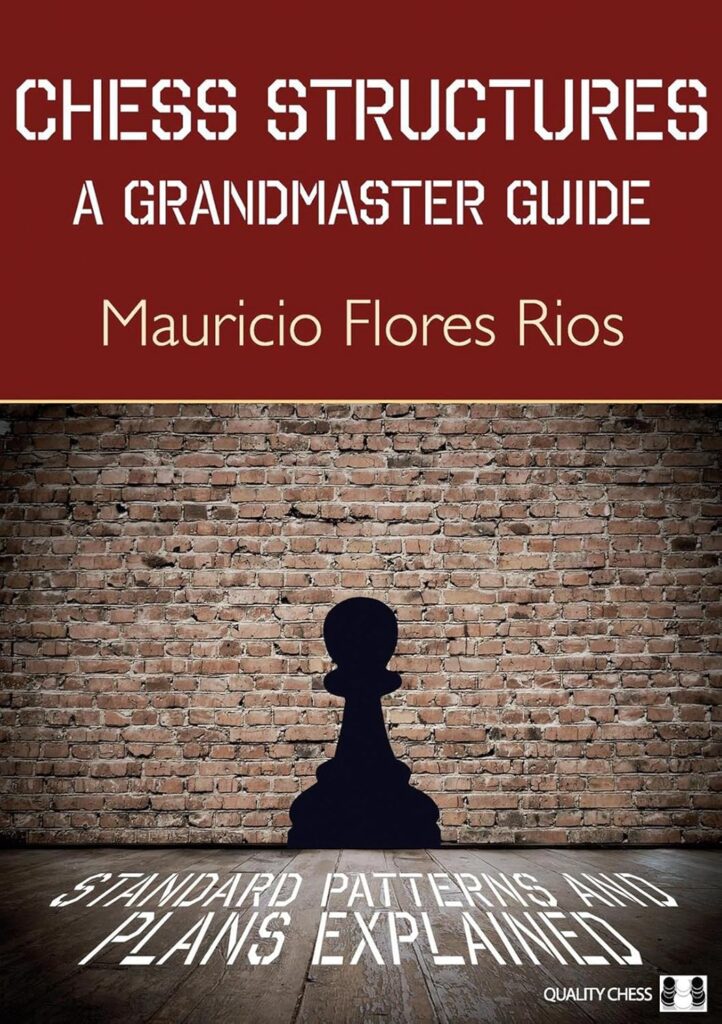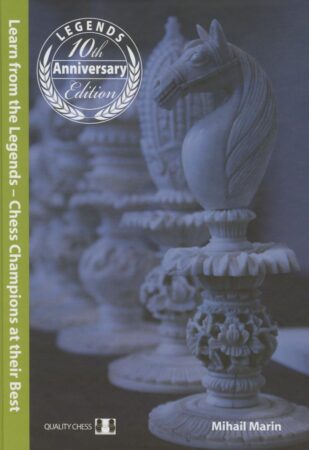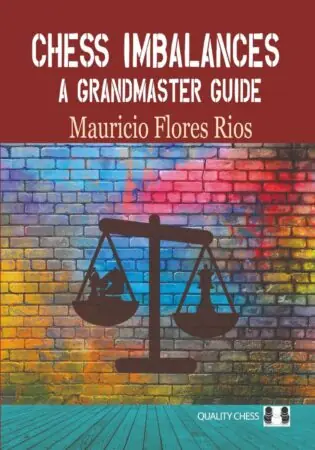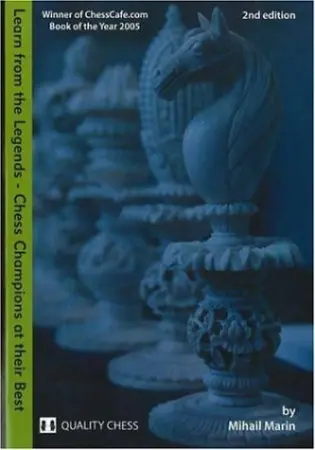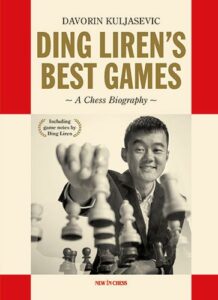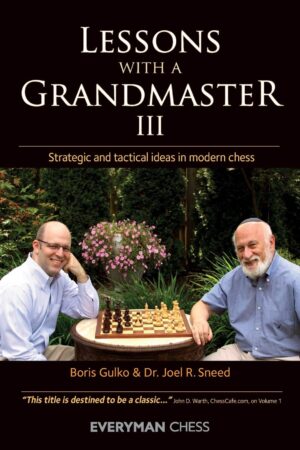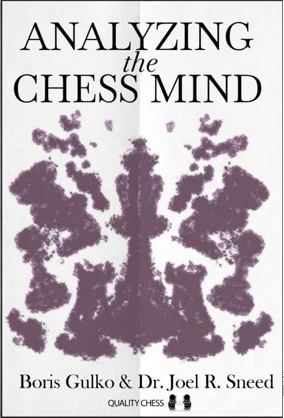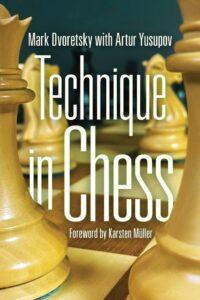Chess Structures has become one of the most famous and most often read chess books in recent times. Whenever I get on a call with someone from the chess world with a shelf behind them, the book is there. And there’s a great reason for that – the book is incredibly useful. As opposed to most other chess books, that either focus on a certain opening, or on themes, strategies or tactics applicable in any type of position, Chess Structures explains the most important structures one by one, providing great insight into how one should navigate them, and what one should play for depending on the structure.
Here’s a thematic King’s Indian position:
The book is divided into six families of pawn structures – d4, d5 structures, Sicilian structures, Benoni, King’s Indian, and French structures, with the 6th family covering miscellaneous structures.
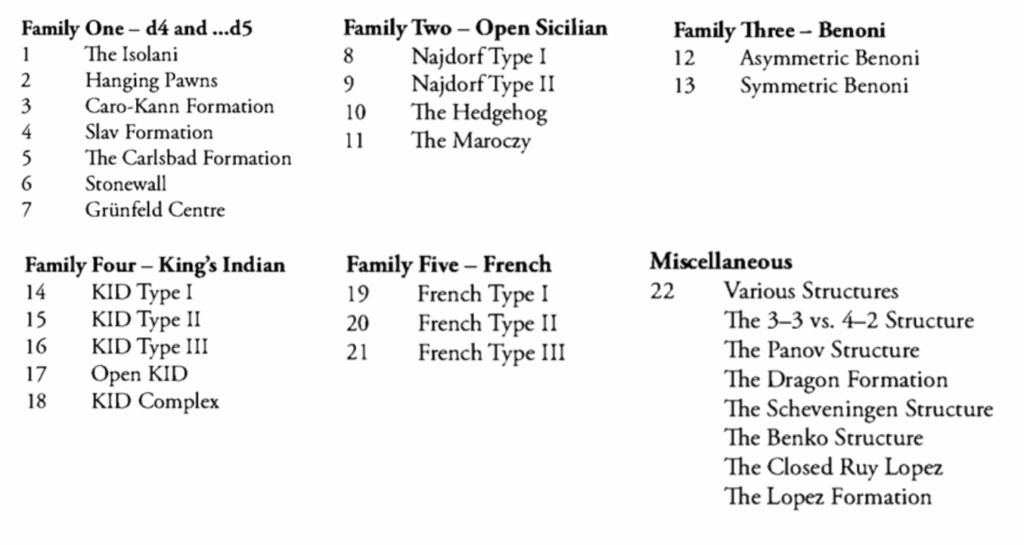
Each chapter goes over the thematic positional patterns, strategic themes, and plans for both sides in for the most common structures in the family.
One of my favorite things about Rios’ book is the introductory section to each structure, which, in itself, is enough to get you started. Rios lists plans for both sides and explains everything important about the structure on a few pages. Chess books are rarely that succinct and to the point.

For me, Chess Structures is like a reference book, an index I use over and over again rather than reading it from cover to cover, the same way I use Dvoretsky’s Endgame Manual to reference endgames. Say I’m preparing for an opponent who plays the Najdorf. I will always reread the introduction to the chapter on Najdorf I and Najdorf II structures and make sure I understand what to look out for.
Chess Structures comes with 50 hand-picked, positional exercises for the reader to solve. Each comes with a question you must answer. In a way, that makes them easier than if you simply had them in a game, but I guess that that makes it easier to reinforce the information from the book. The annotations to the solutions are great, in typical Quality Chess fashion, and structures similarly to the GM Preparation series.

Rios doesn’t go deep into unnecessary variations, but focuses on explaining what matters in each position, which is refreshing to say the least, I’m sick of chess books that force me to use five chess boards to follow the analysis.
My favorite chapter is the one on the Karlsbad, a structure I play with both sides, as white in the QGD exchange, and as black in the exchange Caro-Kann. The games annotated there have taught me the minority attack as well as how to defend against it. They have also taught me the importance of f3-e4 for white, and f6-e5 for black in the Karlsbad, a pattern I have used to win a game in the Panov just recently, in the Vrsar Open 2025.

I recently spoke to GM Rios since we’re preparing a video interview of Chess Structures for the Chessreads Youtube channel. Here are the three benefits of the book he highlighted:
- In chess you have like 20+ mini-advantages (strong square, bishop pair, open file, etc). It’s hard to know which one to prioritize. The book helps you understand what’s the advantage you’re supposed to pursue in a given position, based on the pawn structure.
- I spent like 50% of the overall writing time just searching for the most attractive games. The reason is that, as a reader, I was always frustrated when games didn’t really convey the point they were trying to make. I think most examples in the book discuss a plan, and pretty much the whole game revolves around that plan we’re discussing.
- I think many friends who do lessons told me they liked it because they can use it for lessons without having to worry about preparation. For me, lesson prep was always time-consuming, and in fact, the book evolved out of the lessons I used to give.
The best way to get most out of the book is to use it to study openings you have experience in. For example, by the time I read the chapter on the French, I had already played dozens of games against it, and had some experience from the white side. Reading what Rios wrote helped me correct the misconceptions I had about the structure and added new patterns to my library.
There are two minor flaws in Rios’ book. Minor. Firstly, some positions are evaluated incorrectly according to an engine, whose evaluation may differ from what the book suggests would be the optimal plan. That only happens in a handful of positions and you could argue about whether it’s important at all, since Chess Structures is meant to teach chess to humans, not machines. Secondly, I feel that Rios may have a bias in certain structures, favoring them for one side. That’s normal I guess, and I think most chess players tend to favor the stuff they play and fail to be 100% objective.
In short, read Chess Structures, there are very few books that will teach you this much. I think the book is best suited for serious players, say 1800 FIDE and above, but it’s also essential for all players, regardless of rating, since it helps you navigate the structures you play.

